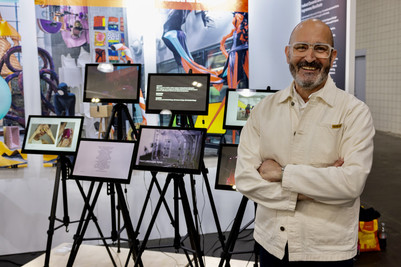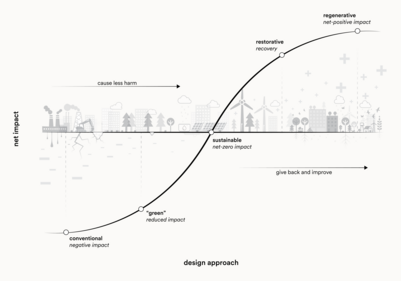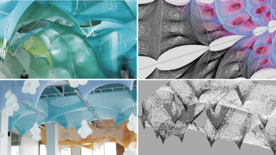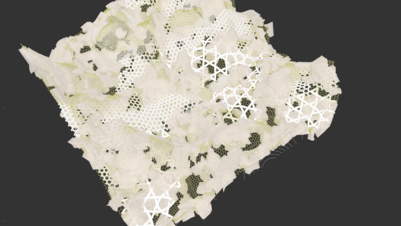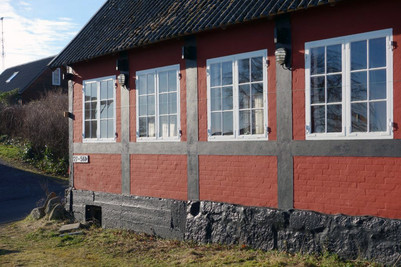
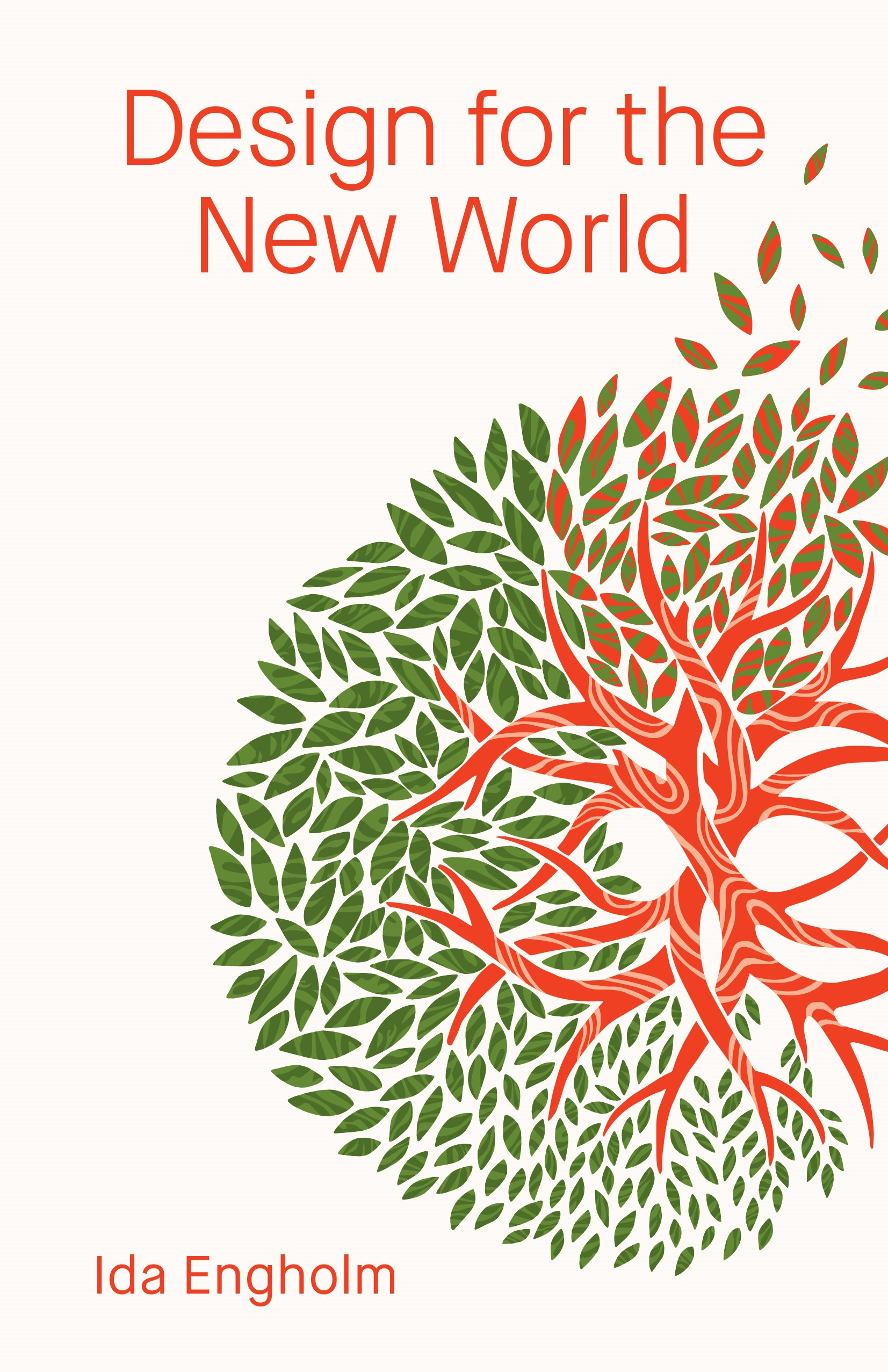
A design manifesto for the planet
In her new book Design for the New World: From Human Design to Planet Design, Professor Ida Engholm of the Royal Danish Academy describes how design can pave new paths to a sustainable world.
Over the recent centuries, design has been like a huge engine, generating a constant spiral of new needs. This design engine is driven by our human capacity for imagination, which keeps producing new ideas while also resulting in the consumption of vast amounts of scarce resources.
In Design for the New World: From Human Design to Planet Design, Professor Ida Engholm argues that instead of focusing on how design can serve humanity, we should critically question what fundamental values and world views our design is based on.
So far, our design has been centred on human users and our needs, but today, the scale of the environmental crisis compels us to put the planet first. We need to go from human-centred to planet-centred design.
Just as design has been part of the problem, it can now become part of the solution, provided we chance our focus. According to Engholm, design has the fundamental capacity to change situations and create ‘preferred’ solutions or states. Thus, the role of design may be more crucial than ever before in human history.
A new design method
Engholm bases her analysis on the broad concept of design that includes professional practices, such as graphic or product design, as well as our general practice of imagining or planning something in order to improve a state or a system. Under this broad concept of design, we are all designers.
The fundamental idea is that the prototyping and propositional approach to tasks or challenges that characterizes classic design methods can also be applied to complex challenges at the level of organizations or society.
The prototyping approach makes it easier to stay with complexity while applying a visual and tactile ‘what if’ approach to create a road map for where we are going.
Based on this approach, Design for the New World presents specific conceptual tools and methods for working with design and, thus, with development in a broad sense. The aim is for humanity as a whole to learn to reconnect with the world we are a part of and to treat the planet as the condition of everything we make and do.
To address the huge global challenges we are facing, we need to move past simply reproducing what we are currently doing. By delving into the unknown, we can generate those original thoughts and ideas that we need to undertake the transition. And, not least, the visions and dreams that become our goals and our guide on our way to a new world.
Ida Engholm
Ida Engholm has a master's degree in literature and art history from the University of Copenhagen and a Ph.D. in digital design from the IT University in Copenhagen. She is also a professor at the Institute of Visual Design and program manager of the Master in Design at the Royal Danish Academy.






